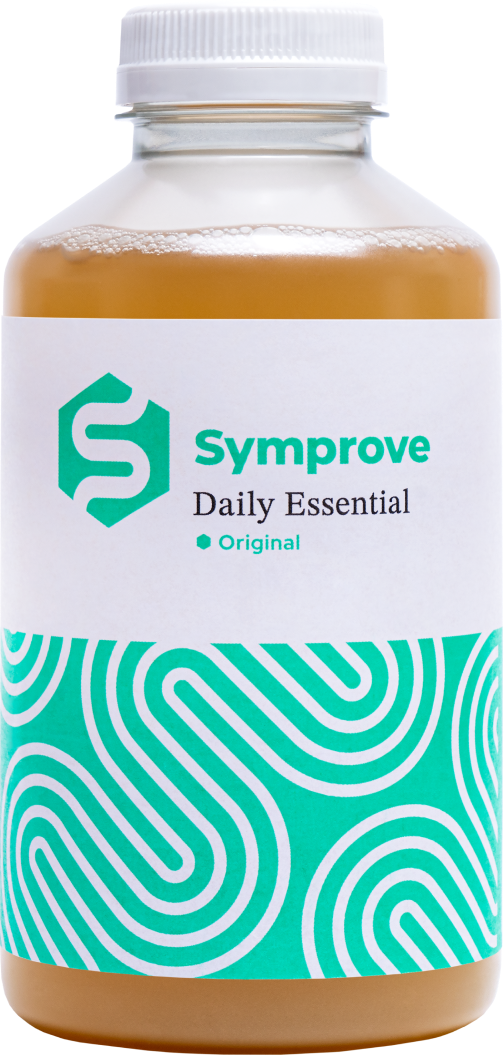There is ongoing discussion about the merits of using probiotics in parallel with antibiotic use. Opinions vary between those who believe that probiotics are killed by co-administration with antibiotics and thus of little benefit, and those who consider that co-administration can reduce the impact of the antibiotic on the overall gut microbiome. Another aspect to consider is the incidence of antibiotic- associated diarrhoea (AAD). AAD is one of the most common side effects of antibiotics, with a prevalence of between 2-25% (NICE 2021) depending on the antibiotic given.
The BDA food factsheet on ‘Probiotics and Gut Health’ recognises the benefit of using probiotics alongside antibiotics and continuing their use for one week post-antibiotics. These recommendations are based on research. The evidence base for the use of probiotics during antibiotics use is building. Best practice suggests:
- Use of a probiotic from the start of an antibiotic course through to 1 week post antibiotics.
- Probiotics with lactic acid bacteria (e.g. L rhamnosus) are more supported with clinical evidence. at present.
- Taking the probiotic at a different time to the antibiotic will maximise chance of survival and thus impact of the probiotic bacteria.
NB: consideration is needed regarding the individual user, the type of antibiotic (e.g. broad spectrum or targeted) and usage (short or long term) being considered when assessing appropriateness of probiotic recommendations alongside antibiotic use.
References
Meta-analysis: probiotics in antibiotic-associated diarrhoea - PubMed (nih.gov)
https://cks.nice.org.uk/topics/diarrhoea-antibiotic-associated/



